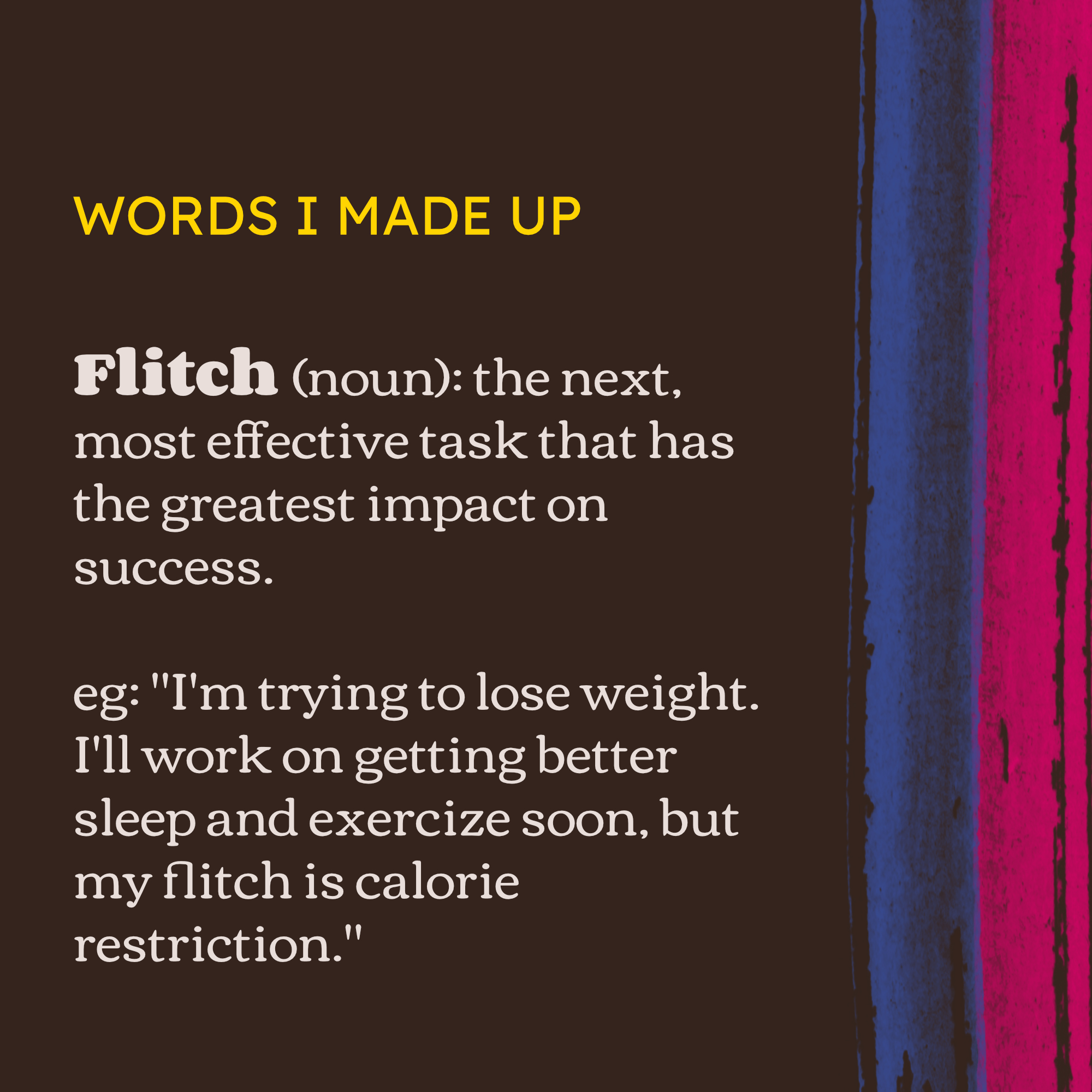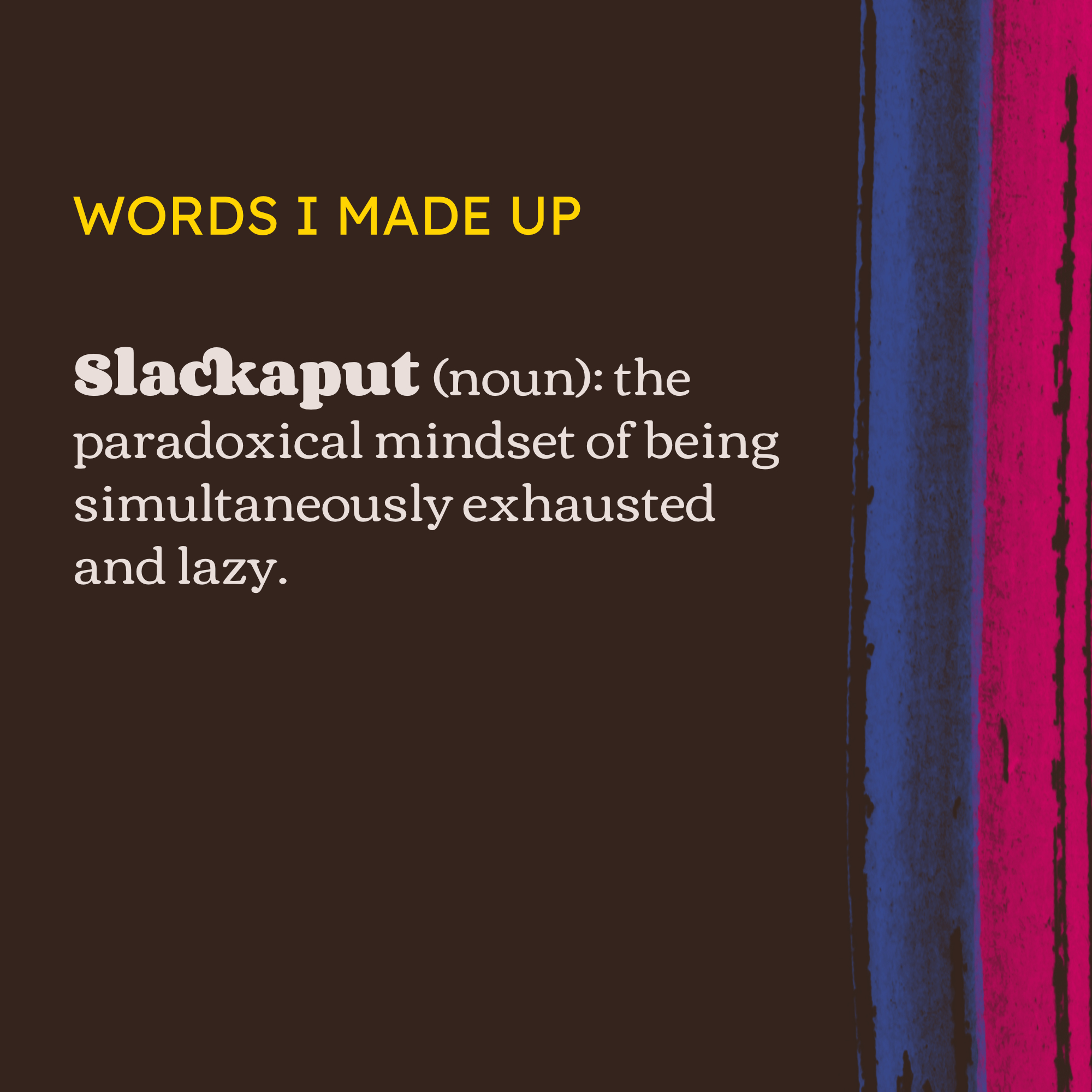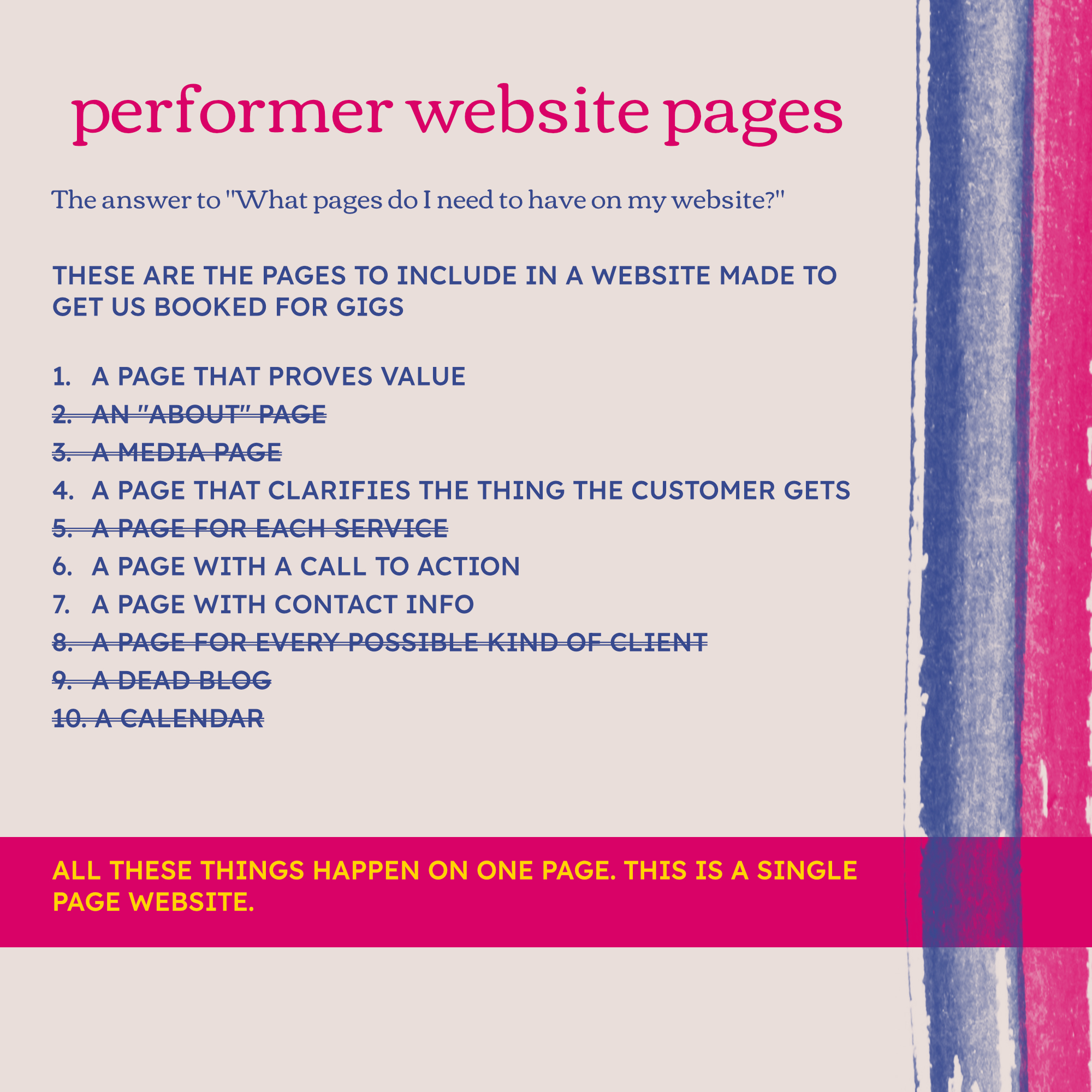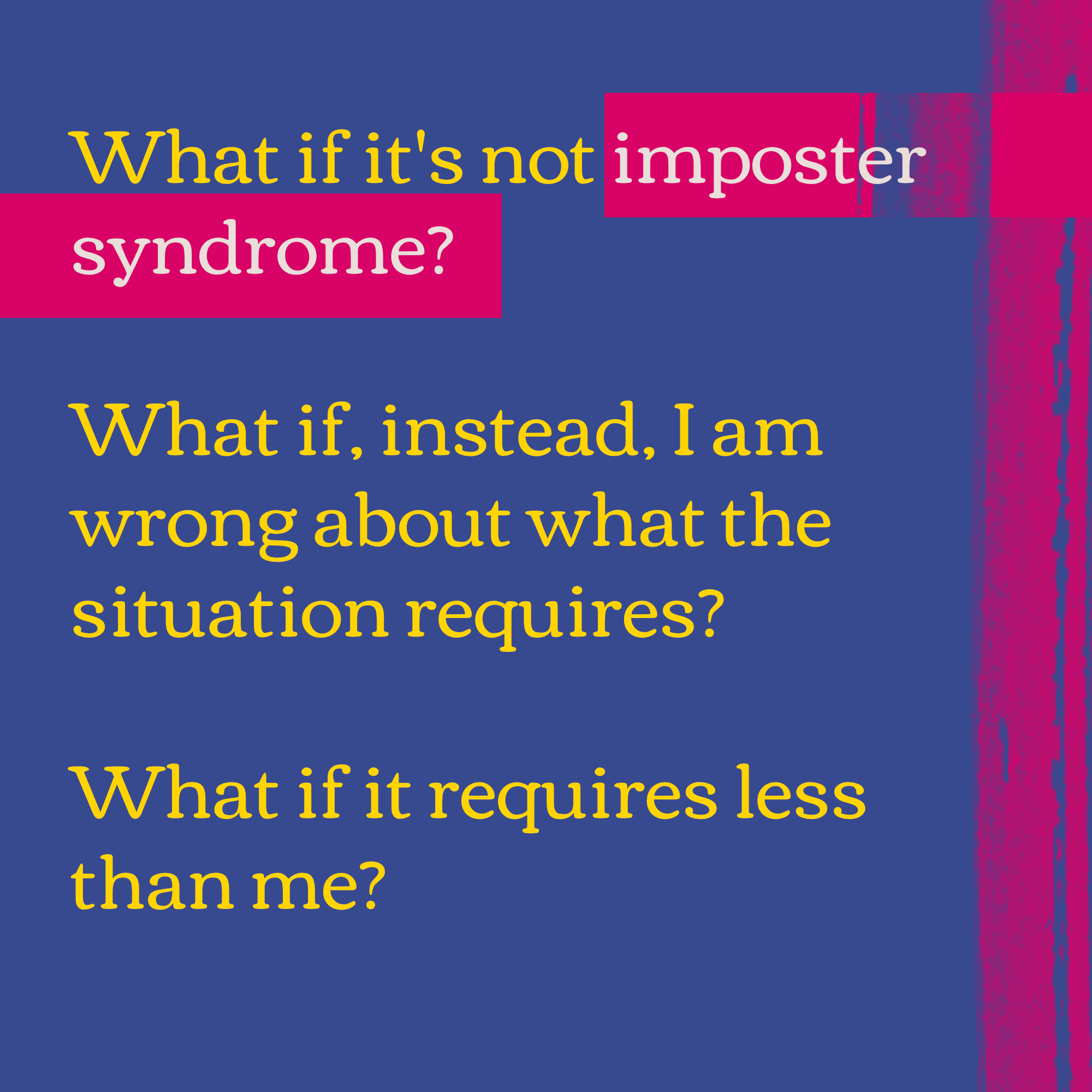
My dad worked for at a place called The Columbiana Foundry, and every summer, the staff party was at an amusement park called Geauga Lake. This was, in many ways, perfectly achieved the objectives of a staff party.
I’ve been a part of half-million dollar staff parties and tiny ones. The mission is the same. The awesomeness and execution is different. Big budget things can still fall flat if the objectives aren’t clear.
Togetherness and Celebration
The companies that I’ve interacted with all know that a great work environment is made when people appreciate their coworkers and feel appreciated by their organization. That means that companies need to give them a special gift when it comes to staff parties and stuff. And they need to create a shared experience that’s a little exclusive.
A landing place
The crucial thing about going to the park together was that they rented a pavilion. There was one centralized place to have awards, raffle, announcements, lay down possessions, and be together. Many of the factory workers had this day only to be face to face with many of the other employees. By being in this one place together, the company could control the narrative easily and remind everyone why they’re there together. Employees could plan on going on rides together, and everyone would get a feeling that they were in it together.
Serve Food and/or Bev
The pavilion also provided a place to eat. Food is going to be required for a day out. The foundry did a BBQ. For these people, fresh BBQ was way better than lobster.This was a low brow amusement park. Perfect for a small town company with middle America people. By keeping costs opaque – the employees could eat freely and when they wanted and feel that they were getting food directly from the Foundry. That means they felt that the company supported them and was truly hosting a celebration of them.
The pavilion was also a place to hang out, play games, drink. So, something for even the people who wanted to spend $0 and just hang out in a chill way away from the chaos of the park.
Considering everyone
The smaller the group, the more everyone needs to be considered.
The kids loved it. This was an activity for families. I’m sure that employees had varying appreciation of Geauga. The majority (over 100 ) of them had families. The day was for family bonding and fun. A gift to the families. Parents are grateful for an activity guaranteed for kids.
The foundry got it right and they did the same thing every year. They had staff with low priced needs and they had a bigger staff.
Opacity
Just like taking the price tag off a gift, we want the group to feel the value of the experience, not the price.
Tickets to a show
Tickets to a show don’t provide opacity and they don’t provide connection. Dropping a show ticket in their stocking could be a good gift. It’s definitely not a staff party.
Think small
If the budget is limited, we want to start thinking creatively and remember that our goal is togetherness and celebration. If someone loves us, understands us, and creates a gift that we really want, we don’t care if it’s expensive or not. My favorite gifts ever are hand written cards from my wife.
It’s possible to blow our budgets on things that might be exciting and not bring a feeling of togetherness and celebration. It’s also possible to do the opposite.







































